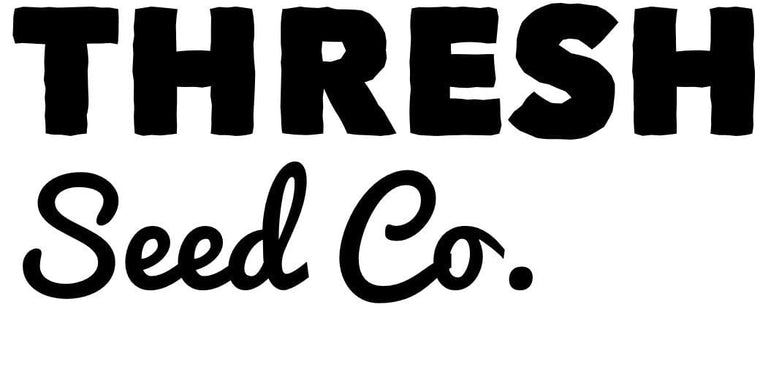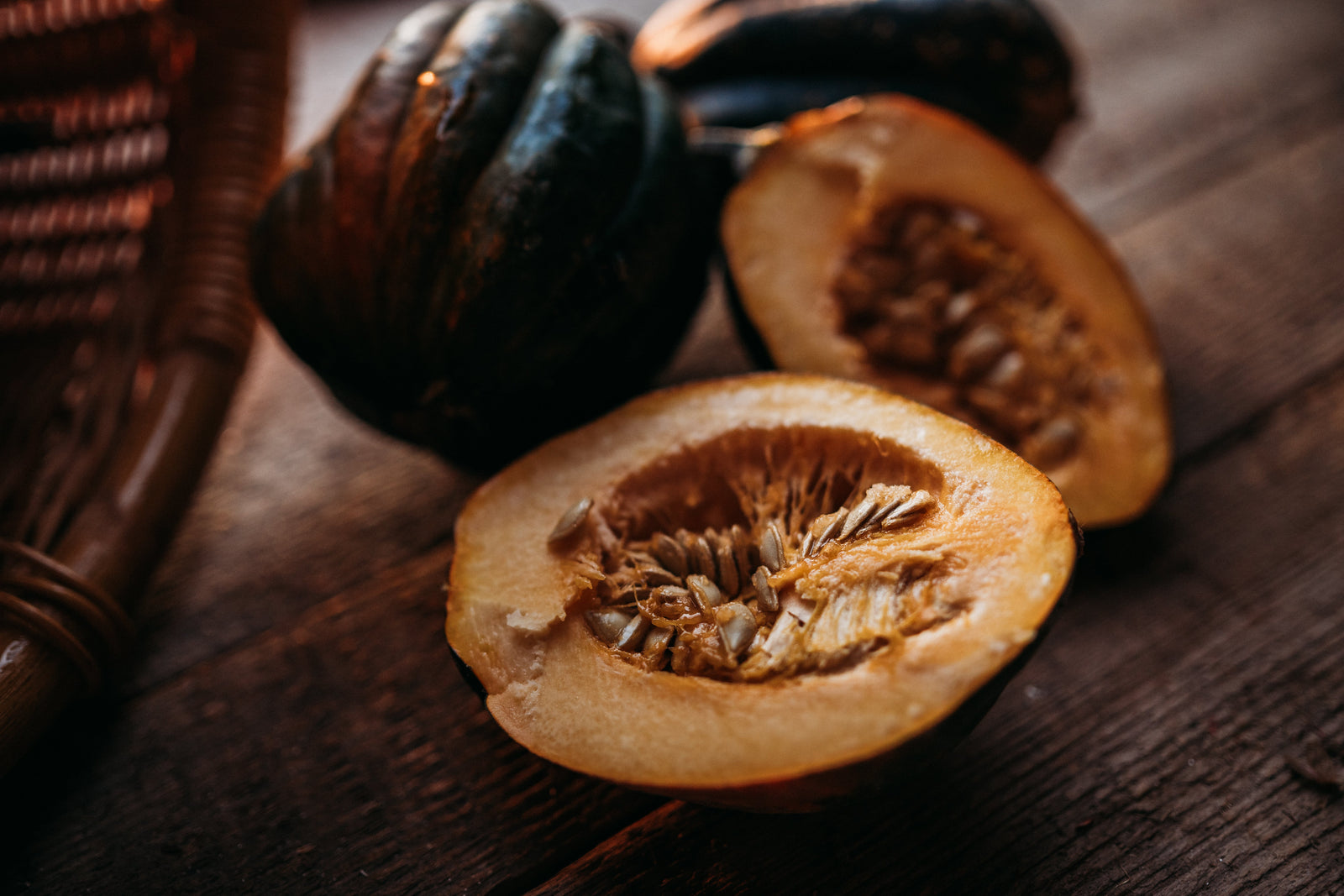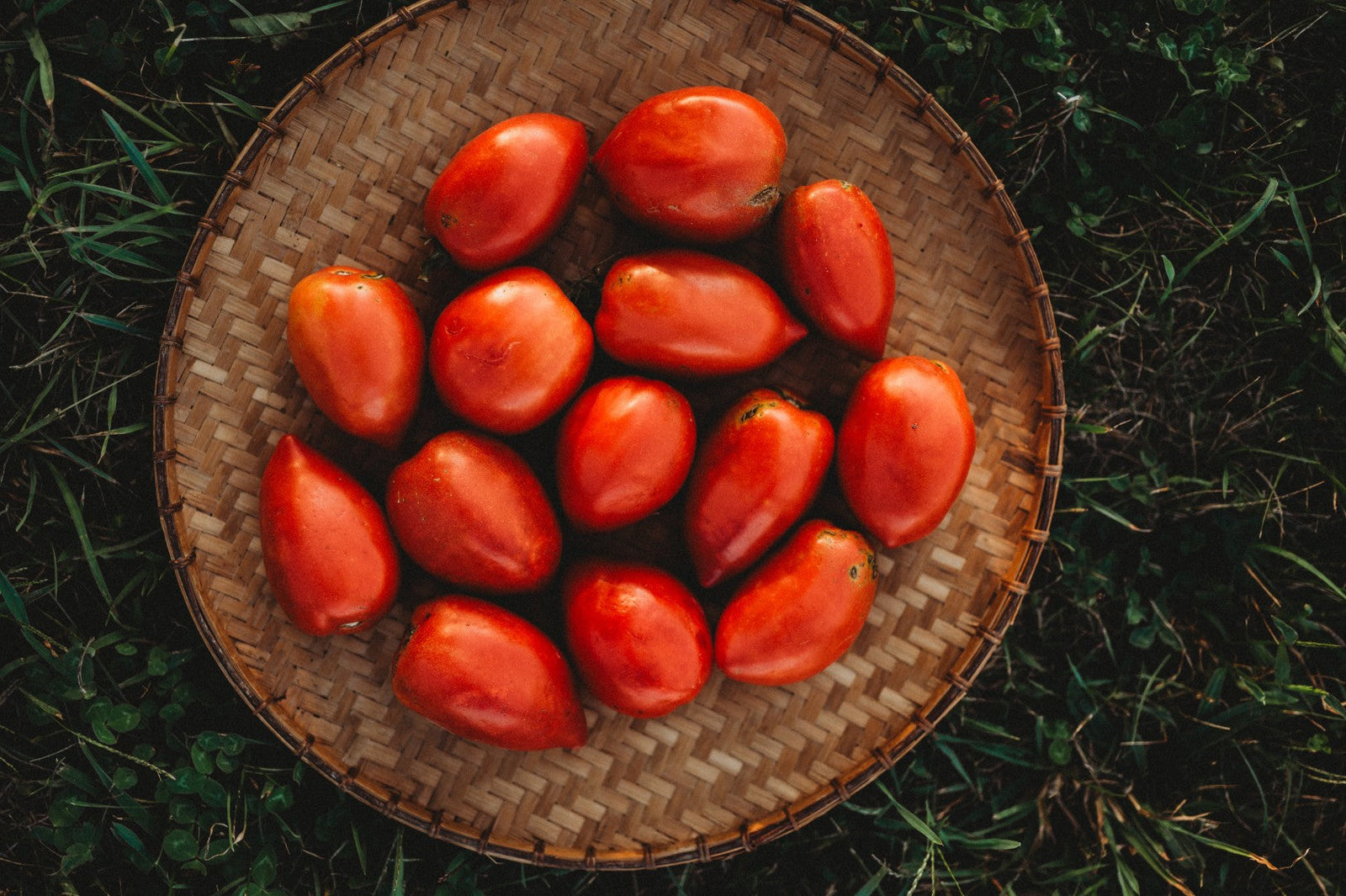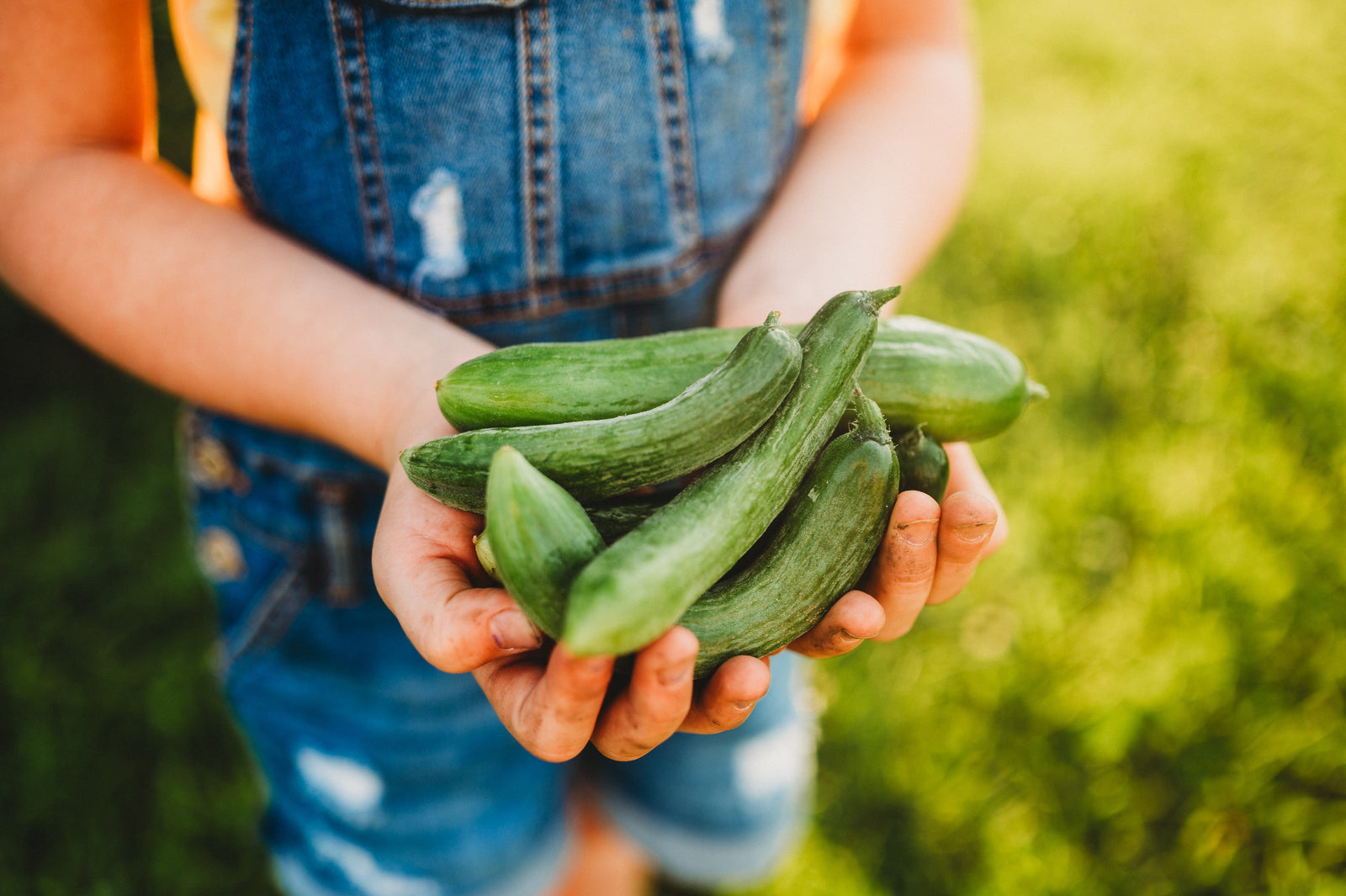If there’s one thing Kristi Skinner knows, it’s animals—and what comes out the back end of them.
Kristi runs Skinner Family Farm in rural Guthrie County, Iowa, a patchwork of neatly kept pens, lush pastures, and vibrant garden beds shared by rabbits, ducks, chickens, turkeys, goats, pigs, sheep, and even a pair of AKC-registered Labradors. She’s been farming since childhood, homesteading long before it was a hashtag, and she can put together a batch of homemade yogurt, sourdough, or cheese with the same casual ease most of us apply to ordering takeout.
To say she knows her way around a scoop shovel is an understatement. But when asked which of her many animal companions makes the best contribution to the garden, Kristi didn’t hesitate:
“Definitely rabbit manure,” she said.
And after visiting her farm—and seeing firsthand how she uses it—it’s not hard to see why.

Bunny Manure: The Unsung Hero of the Garden
“It’s garden gold,” says Kristi, nodding toward the rabbit hutches beside her vegetable garden. “They’re always pooping, so I’ve always got fertilizer. I just scoop it up and take it straight to the plants.”
That simple routine turns out to be one of the most efficient fertility systems on the farm. Unlike chicken or sheep manure, rabbit manure doesn’t need to be composted before use. Known as a “cold” manure, it won’t burn your plants even when applied fresh. Kristi puts it straight into the soil: sometimes in the transplant hole, sometimes raked around as top dressing, and sometimes tilled right in with straw bedding and all.
“It’s really easy,” she told me. “If it’s dry, it breaks up and tills right in. If it’s wet, it’s clumpy, but still easy to break apart.”
It’s hard to argue with the results: big, healthy plants, deep green leaves, and some of the best peppers Kristi’s ever grown.

So What’s in This Stuff?
Rabbit manure has a well-balanced nutrient profile and an ideal carbon-to-nitrogen ratio around 12:1 to 15:1, depending on what the rabbits are eating. That’s right in the sweet spot for microbial activity—enough nitrogen to kickstart growth, but not so much that it overwhelms the soil.
Here’s how it stacks up against other barnyard contributions:
| Manure Type | C:N Ratio | N-P-K |
| Chicken | 10:1 | 0.5 - 0.2 - 0.5 |
| Rabbit | 12:1 | 2.4 - 1.4 - 0.6 |
| Goat | 12:1 | 0.7 - 0.3 - 0.9 |
| Cow | 18:1 | 0.5 - 0.2 - 0.5 |
| Horse | 24:1 | 0.7 - 0.3 - 0.6 |
In short: rabbit manure brings nutrients to the party without demanding pre-treatment. Studies even show it performs well as a peat moss substitute in seed-starting mixes, supporting root growth and early vigor.
| What’s a C:N Ratio (and Why Should Gardeners Care?) |
| The carbon-to-nitrogen ratio tells us how easily organic material breaks down in the soil. Microbes need both carbon for energy and nitrogen to build proteins. When the ratio is close to 12:1, decomposition is efficient, nutrients are released, and stable humus is formed—improving soil texture and fertility. If there’s too much carbon, microbes tie up nitrogen. If there’s too much nitrogen, it can escape as ammonia or harm young plants. Rabbit manure falls right in the sweet spot, so it breaks down cleanly and builds healthy soil without needing to be composted first. |

Three Ways Kristi Uses Rabbit Manure in Her Garden
If there’s a method for working rabbit manure into the garden, Kristi’s probably tried it. Here are the three ways Kristi makes use of her rabbit fertilizer.
1. In the Planting Hole
Before transplanting tomatoes, peppers, or squash, Kristi digs the hole a little deeper than necessary, adds a scoop of manure, then backfills with soil and plants as usual. The roots hit the nutrient pocket just as they start to stretch out.
2. Top Dressing
She often sprinkles manure around established plants as a midseason boost. “I don’t pile it against the stems,” she said, “but I’ll ring it around them.”
3. Tilled In
In early spring or fall, she spreads manure—and the straw bedding it’s mixed with—across her garden beds and tills it in. The added organic matter improves texture and tilth, and by planting time, it’s broken down just enough to feed new growth.
“That’s what I love about it,” she said. “It’s not fussy. Just shovel and go.”
A Note on Lettuce (and Other Quick Crops)
One exception: Kristi avoids using raw rabbit manure right next to crops she’ll harvest quickly and eat raw, like lettuce.
“I’ve never put it around lettuce,” she said. “I do till it in, though (before sowing), so it’s there.”
That’s a good practice across the board. Even though rabbit manure is low-risk, the USDA recommends waiting 90 days between applying raw manure and harvesting crops that don’t get cooked. For slower-growing crops like tomatoes or squash, this isn’t an issue. But for salad greens, till it in early—or wait to apply until after harvest.

Her Favorite Crop to Fertilize? No Contest
“Peppers,” Kristi said immediately. “The best I’ve ever had.”
Before using rabbit manure, her bell peppers were small and thin-walled. Now they’re hefty, full, and loaded with fruit. That lines up with research too—peppers are phosphorus-hungry plants, and rabbit manure’s slow-release phosphorus makes it a perfect match.
She’s also had great success using it with:
- Tomatoes
- Potatoes
- Rhubarb
- Fruit trees
- Blackberries
- Beans
- Brassicas like kale, broccoli, etc.
When asked if there was anything she wouldn't use it on (besides the fast-growing crops we discussed earlier), Kristi shook her head, "No. It helps pretty much anything you put it on."
And Yes, It Works in Containers Too
Kristi’s father-in-law once planted peppers in a giant tub filled entirely with rabbit manure. No soil. No compost. Just manure. The peppers did great.
While she doesn’t usually go that far, Kristi has used rabbit manure in her own containers too—most recently when planting potatoes. She mixed it right in with regular dirt, and the plants are looking beautiful (see photo above).
Try blending rabbit manure with compost, coconut coir, or old potting soil to create a nutrient-rich, earthy mix that holds moisture and feeds roots long term.

The Setup That Makes It Work
Kristi’s rabbit pens are simple, efficient, and kept right next to the garden. It’s a short walk from hutch to harvest. On the day I visited, the rabbits were lounging in the shade, sipping from cold water bottles as condensation dripped down their sides. Even with summer heat settling in, the pens were dry, quiet, and remarkably... fresh smelling?!
I knelt down to snap a few photos of the poop under the cage (not something I ever expected to add to my resume), and I could barely smell a thing.
“It’s just not a high-ammonia manure," Kristi said with a smile. "There's a little bit when you're shoveling it out, and you think, oh, this is going to be an overwhelming stench. And literally...there's not much.”
That’s a big part of what makes this whole system work so well. With rabbit manure, there’s no reason to haul buckets across the yard or set up a far-off compost system. The manure can go straight from under the hutch into the soil—no aging, no turning, no waiting. And because it’s not offensive to the nose, you don’t have to hide your hutches in the back corner of the property.
Kristi has found the sweet spot: a steady supply of low-effort, high-reward fertilizer, produced a few steps from where it's needed most. The result? A garden that thrives—and a setup that’s as practical as it is productive.

The Full Fertility Loop
One of the things I love about Kristi’s setup is how everything feeds everything else.
She tosses weeds, bolted greens, and garden scraps into the rabbit pens. The rabbits munch happily and return the favor in pellet form. That manure fertilizes the garden. The garden feeds the animals (and the family). And so the cycle turns.
“They’re not super profitable,” Kristi admitted. “Rabbits eat a lot. But I’ll always have them. They’re easy. And they make the garden happy.”
And that’s really what this comes down to. The rabbits don’t just feed Kristi’s family—they feed the soil. In a world full of complicated fertilizer schedules and synthetic options, Kristi’s method is refreshingly old-school.
Tips for First-Time Rabbit Poop Enthusiasts
If you’re new to using rabbit manure, here’s what Kristi recommends:
✅ Use it fresh—it won’t burn plants
✅ Top dress, till in, or add to planting holes
✅ Avoid raw use on quick-to-harvest crops like lettuce
✅ Mix bedding (straw, sawdust) into garden beds for structure
✅ Try it in containers—just blend with other materials
✅ Store dry if needed—it keeps well in buckets or bins

In Conclusion: Gardeners, Meet Your New Favorite Fertilizer
Rabbit manure might not be glamorous. It might not come in a shiny bag with marketing copy. But ask any gardener who’s used it—and especially one like Kristi, who’s got decades of experience and the healthiest peppers in Guthrie County—and you’ll hear the same thing: it works.
It’s easy to handle, good for the soil, and ready to use straight from the hutch. And best of all, it comes in perfectly pelletized packages—courtesy of an animal that just happens to be adorable.
So if you’re lucky enough to have a few rabbits—or know someone who does—don’t let that garden gold go to waste.
Want to see more of Kristi’s garden (and her rabbits)? Follow along on Facebook or her farm website for updates, photos, and plenty of bunny-fueled inspiration.






